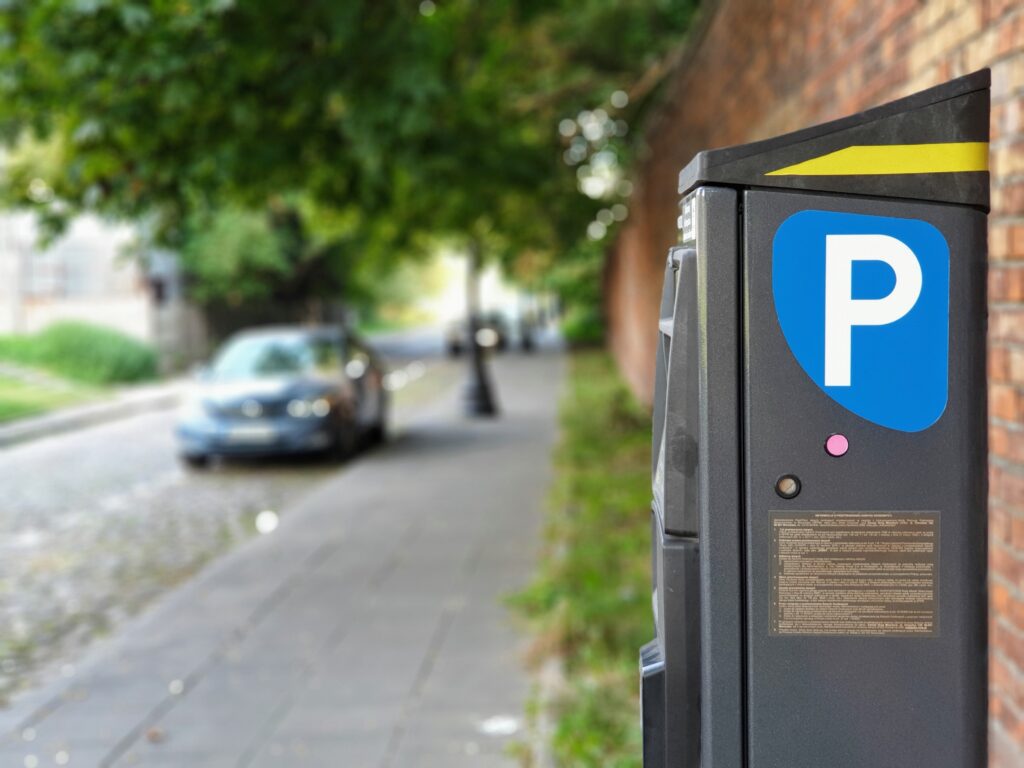Green pavement is a street surface treatment made up of crushed recycled tires. It’s claimed to reduce air pollution and improve the quality of the soil beneath it. It is a pavement that is made from a mixture of natural materials such as crushed shells and natural oils. This type of pavement is environmentally friendly because it doesn’t produce greenhouse gases when it’s used.
In this article, we’ll take a look at the pros and cons of green pavement, and see if it’s worth investing in for your city streets.
How is green pavement made?
Green pavement is made by grinding up recycled tires into a fine powder, then adding a lime-based product to bind the particles together. The mixture is then spread on the road surface and smoothed with a roller.
How does green pavement work?
Green pavement is a pavement surfacing treatment made of a mixture of crushed stone, glass, and plastic granules. The material is sprayed on the roadway surface and it absorbs and filters rain and solutes. The green color comes from the vegetation that grows in the granules.
Advantages of using green pavement
Aside from the obvious environmental benefits of using green pavement, there are plenty of practical reasons why opting for this type of road surface can be a good decision for your business.
For starters, it is both more durable and resistant to wear and tear. This means that it will last longer than traditional asphalt or concrete surfaces, which can become pitted and cracked over time. In addition, because the green pavement is also moisture-resistant, it can be used in areas that experience high rainfall or snowfall rates.
Finally, when it comes to attracting customers and generating interest in your business, nothing beats a smooth and stylish driveway or sidewalk covered in lush green grass. Not only will this look great, but it will also help create an environment that is both welcoming and inviting.
Disadvantages of using green pavement
It is becoming more popular as a way to reduce energy consumption and improve the environment. But what are the disadvantages of using this type of pavement?
The first disadvantage of green pavement is that it requires more maintenance than traditional pavement. It requires more frequent cleaning because oil and other contaminants can accumulate over time. Additionally, it may not be as durable as traditional pavement, which could lead to accidents.
Green pavement markings
Green pavement markings indicate that the pavement is made of a green material that can be more environmentally friendly and friendly to the environment. The material can be made from a variety of plant-based materials, such as corn or soybeans.
Green pavement texture
Green pavement is a new type of pavement that is made from a mixture of materials. This pavement has a textured surface that makes it look different from the traditional pavement. The texture is made from small pieces of recycled plastic that have been melted and formed into a smooth surface.

What is green pavement? It is also known as eco-paving, a pavement surfacing material made of recycled materials. The recycled content provides environmental benefits, such as reduced landfill waste and energy consumption.
Is pavement eco-friendly?
Some people believe that green pavement is eco-friendly because it reduces the amount of energy that is used to make the pavement. This is because the pavement absorbs and stores rainwater, which helps to reduce the amount of water that needs to be used to keep the roads clean. In addition, it uses less paint and less asphalt than traditional pavement.
What is sustainable pavement?
There is a lot of debate about what constitutes as “sustainable pavement.” Generally, sustainable pavement means asphalt that does not release large amounts of CO2 when it’s decomposing. Some green pavement materials are made from natural materials, such as woodchips or earth. These materials may release pollutants when they decompose, but they are usually less harmful than traditional asphalt.
Why are some sidewalks green?
Some sidewalks are green because they use a special type of pavement that helps reduce the amount of energy needed to walk on them. This type of pavement is also called green pavement. It’s made from recycled materials and it’s designed to be environmentally friendly.
What is the life of a pavement?
The life of pavement can vary depending on the type of pavement it is. For example, asphalt pavement will last around 5-20 years, while green pavement will last up to 25 years. Over time, the cracks in the pavement will continue to grow and spread. This can cause traffic congestion and safety risks. To prevent this, municipalities often replace old pavements with new ones that are made from a more durable material.
What is an eco-friendly road?
Eco-friendly roads are pavement that is made from natural materials, like sand, gravel, or crushed stone. These materials are easier to recycle and reduce the amount of waste that is produced when roads are built. They also save energy because they don’t require as much oil to operate.

